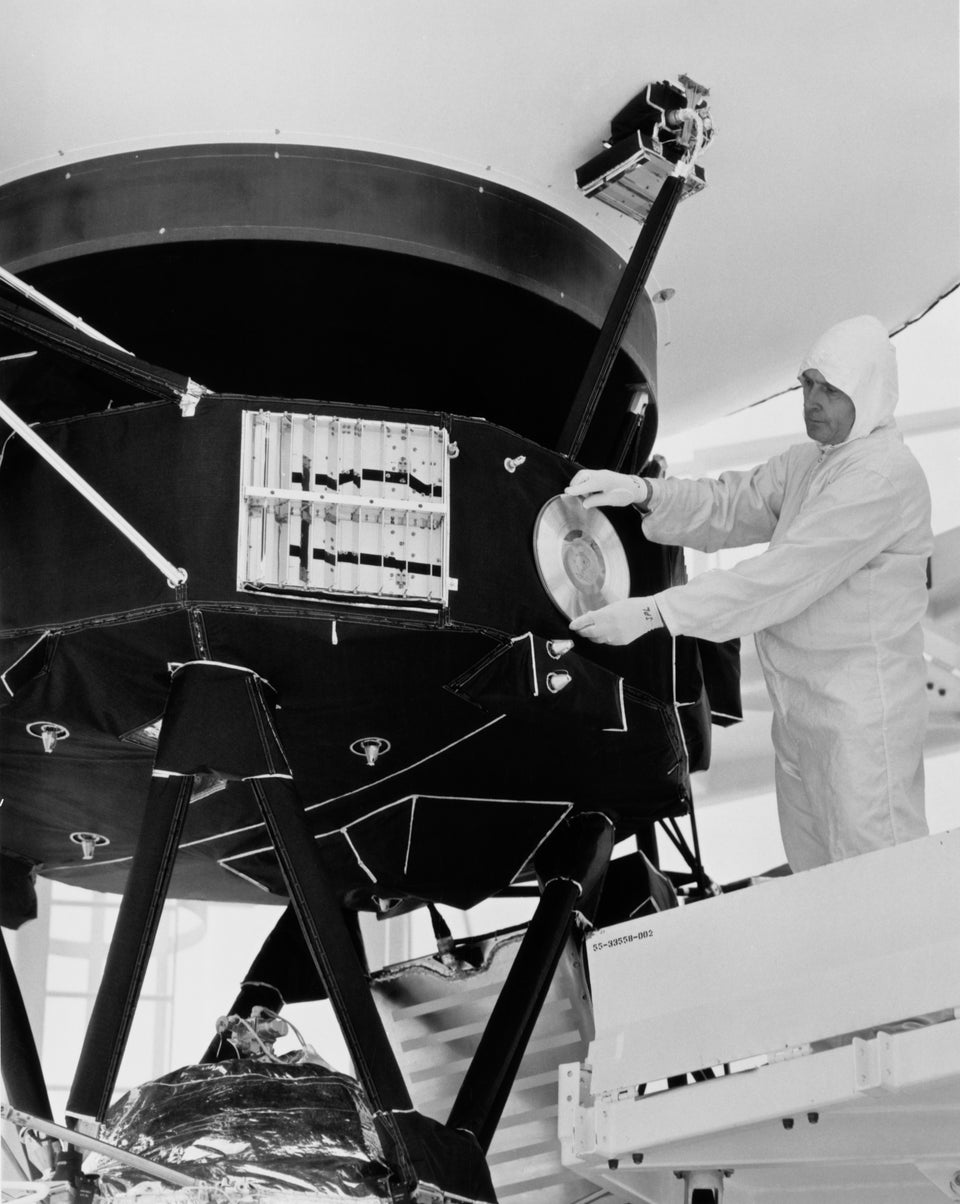Turns out that “strong signal” from an alien world 95 light years away may not have been a strong signal or even from an alien world.
Researchers involved in the search for signs of life on other worlds are downplaying the discovery, which was made last year by the RATAN-600 radio telescope in Zelenchukskaya, Russia, but only recently revealed.
The signal appeared to originate from the vicinity of HD 164595, a star roughly the size of our own sun in the constellation Hercules.
The team that discovered the signal didn’t claim it was proof of alien life, but called for “permanent monitoring” of HD 164595, Paul Gilster wrote on the Centauri Dreams blog.
Although the discovery will be discussed at the International Astronautical Congress in Guadalajara, Mexico, on Sept. 27, SETI researchers aren’t showing much enthusiasm about the signal.
“I was unimpressed,” Eric Korpela, an astronomer with Berkeley SETI, wrote on the organization’s website. “Someone will look at it with Arecibo, and we’ll be along for the ride. And I’ll check the SETI@home database around that position. And we’ll all find nothing. It’s not our first time at this rodeo, so we know how it works.”
Seth Shostak, senior astronomer at the SETI Institute in Mountain View, California, wrote in a blog post that the signal was “interesting,” but said “the chance that this is truly a signal from extraterrestrials is not terribly promising.”
SETI astronomers have swung the Allen Telescope Array in Hat Creek, California, in the direction of the supposed signal, yet so far have found nothing.
Shostak said sending a signal from HD 164595 to Earth would require incredible amounts of power. If the signal was being sent from a planet in all directions at once, it would require “hundreds of times more energy than all the sunlight falling on Earth, and would obviously require power sources far beyond any we have.” If the signal was being aimed at Earth, it would require power “comparable to the total energy consumption of all humankind.”
“Both scenarios require an effort far, far beyond what we ourselves could do, and it’s hard to understand why anyone would want to target our solar system with a strong signal,” Shostak wrote. “This star system is so far away they won’t have yet picked up any TV or radar that would tell them that we’re here.”
Others agreed.
Astrophysicist Katie Mack told The Register that it “doesn’t look like a particularly compelling candidate for a SETI signal.” It was an isolated event, and most of those unexpected signals have other explanations.
“It doesn’t even look like terrestrial interference has been ruled out ― sometimes something as simple as a spark from a power line can cause radio interference that can mess with telescopes,” she was quoted as saying. “With only one blip like this, seen by one telescope, it’s really impossible to know what it might have come from.”
So the “aliens” might just be us.

